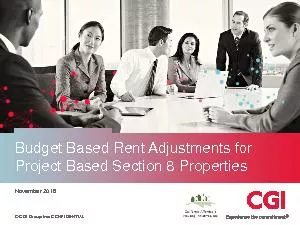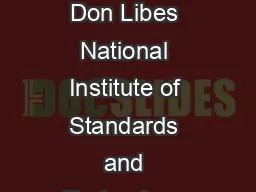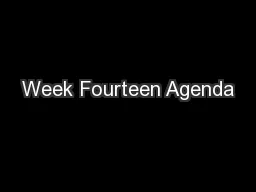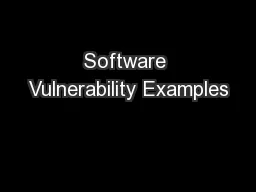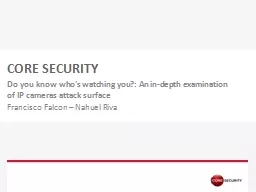PDF-cgi group inc confidential
Author : grace3 | Published Date : 2021-01-05
Budget Based Rent Adjustments for Project Based Section 8 Properties November 2016 Housekeeping Please turn all cell phones to OFF or Silent Well have a QA at
Presentation Embed Code
Download Presentation
Download Presentation The PPT/PDF document "cgi group inc confidential" is the property of its rightful owner. Permission is granted to download and print the materials on this website for personal, non-commercial use only, and to display it on your personal computer provided you do not modify the materials and that you retain all copyright notices contained in the materials. By downloading content from our website, you accept the terms of this agreement.
cgi group inc confidential: Transcript
Download Rules Of Document
"cgi group inc confidential"The content belongs to its owner. You may download and print it for personal use, without modification, and keep all copyright notices. By downloading, you agree to these terms.
Related Documents

